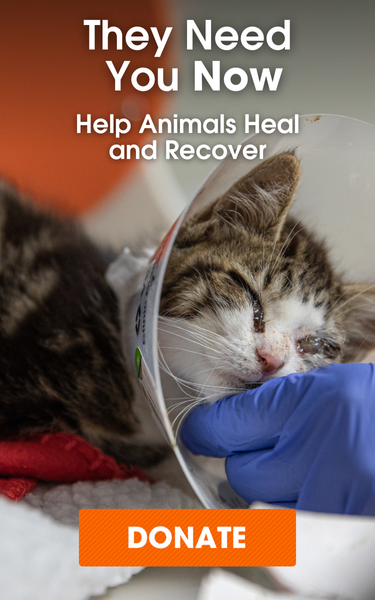
How to Enjoy a Safe and Fun Trip with Your Pet

The holiday season is well on its way, and we can’t wait to see all of our loved ones, four- and two-legged alike! The holidays can come with lots of travel, and many people like to bring their pets along for the ride—they’re family after all. For those planning to travel with pets, check out this handy guide from our experts at the ASPCA Animal Poison Control Center (APCC) on keeping your furry friend safe during your travels.
Step 1: Veterinary Visit
Ahead of your trip, have an overall wellness exam and update any required vaccines or preventative medications to protect your pet from infectious and parasitic disease. Consider having your pet microchipped and be sure to register the microchip.
If your veterinarian dispenses your pet a sedative for travel use, be sure to try it out before the flight or ride. Individual animals can have a different response to the same dose. By doing a trial, you’ll know if your pet requires a dosage adjustment before the big trip. Be sure to discuss any dosing changes with your veterinarian.
Step 2: Inspect your Itinerary
Make sure your lodgings are pet friendly. If you will be participating in activities without your pet, make sure to have a plan for your pet during that time. Bored pets can quickly turn curious and can get themselves into trouble. Puzzle toys and games are a fantastic way to help them bide the time. If your travel destination experiences extreme temperatures, have a plan in place to help your pet cool down or warm up if needed.
Step 3: Pack your Parcels
Never travel anywhere with your pet without a collar containing identification tags and a leash. Your pet will also need a comfortable crate with enough room to stand up and turn around in and adequate ventilation. If you are shipping or flying your pet, be sure the crate has a “Live Animal” label, and your contact information is on it as well. A copy of your pet’s vaccination record or health certificate and any medications should also be included in your luggage. Be sure to throw in any toys or games to keep your pet occupied if they will be spending anytime alone on your trip. Lastly, be sure to bring along your pet first aid kit.
Step 4: Relish the Ride
Allow your pet to rest and enjoy the ride. Pets can develop motion sickness just like humans, so it is best not to offer your pet any food while in motion. Confine your pet to a crate or use a pet seat belt when traveling. When possible, stop to let your pet walk and offer water every few hours. Never let your pet off-leash during any pitstops as this could result in serious injury. Also, never leave your pet unattended in a closed vehicle.
Step 5: Dissect your Destination
When you arrive at your destination, take a good look around before letting your pet explore. Be sure to get down on their level and look anywhere a curious kitty or canine might wander. Look for any rodenticide or insecticide traps that may be tucked behind furniture or appliances. Secure any loose or dangling electrical or drapery cords. Air diffusers should be located at hip height or higher. If your lodging is small, then consider disabling any air diffusers as essential oils can be toxic to our pets. Be sure all cleaning products are put away. Lastly, scout out where the nearest veterinary services are located in case of emergency.
Follow this handy guide, and you’ll be sure to have a safe and fun vacation with your four-legged companion. Happy travels!
If you believe your pet has been exposed to a potentially harmful substance, then please reach out to the ASPCA Animal Poison Control hotline at (888) 426-4435.
